|
|
Post by txrockhunter on Mar 11, 2017 16:13:46 GMT -5
Had some extra time sitting in my hotel room, so figured I'd post some special finds from the San Jacinto River. These are rocks that I have found over the past 2 years and photographed along the way. Thanks for looking! 1. 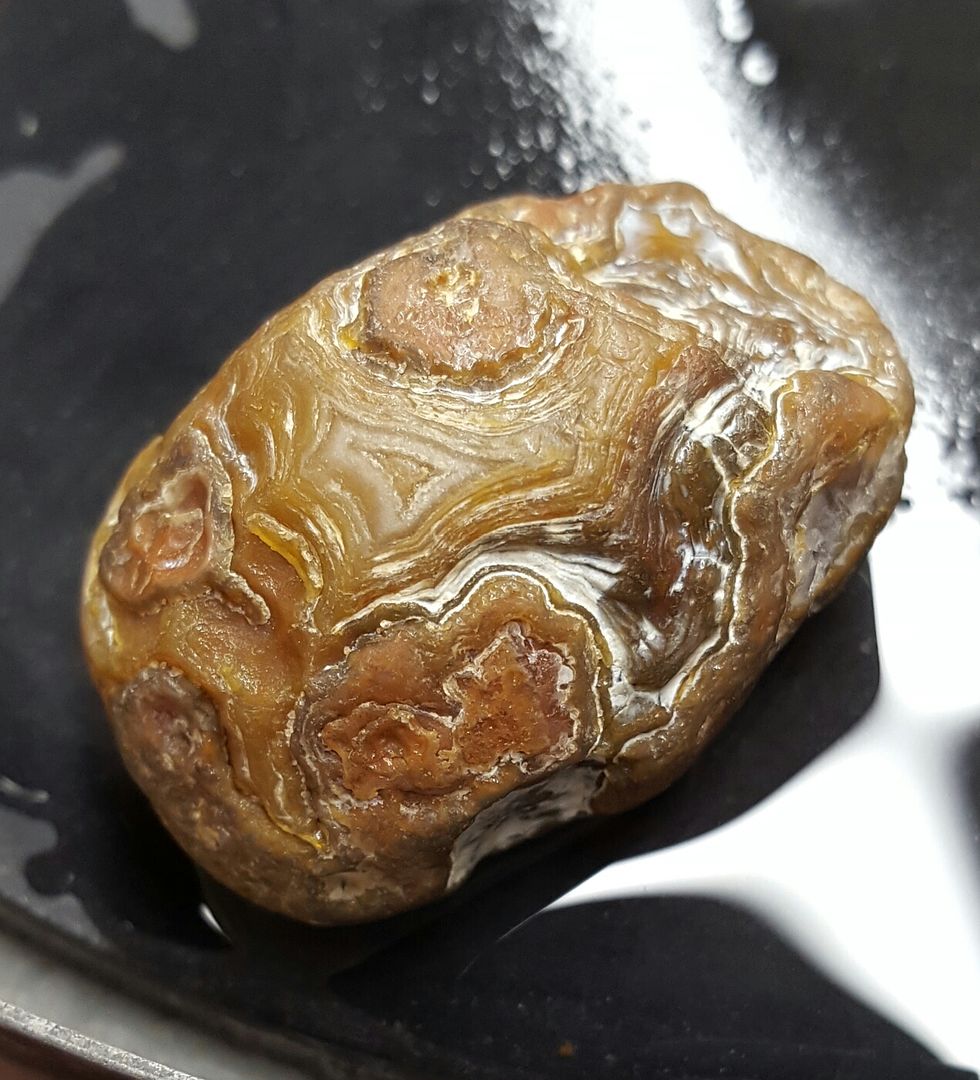 2. 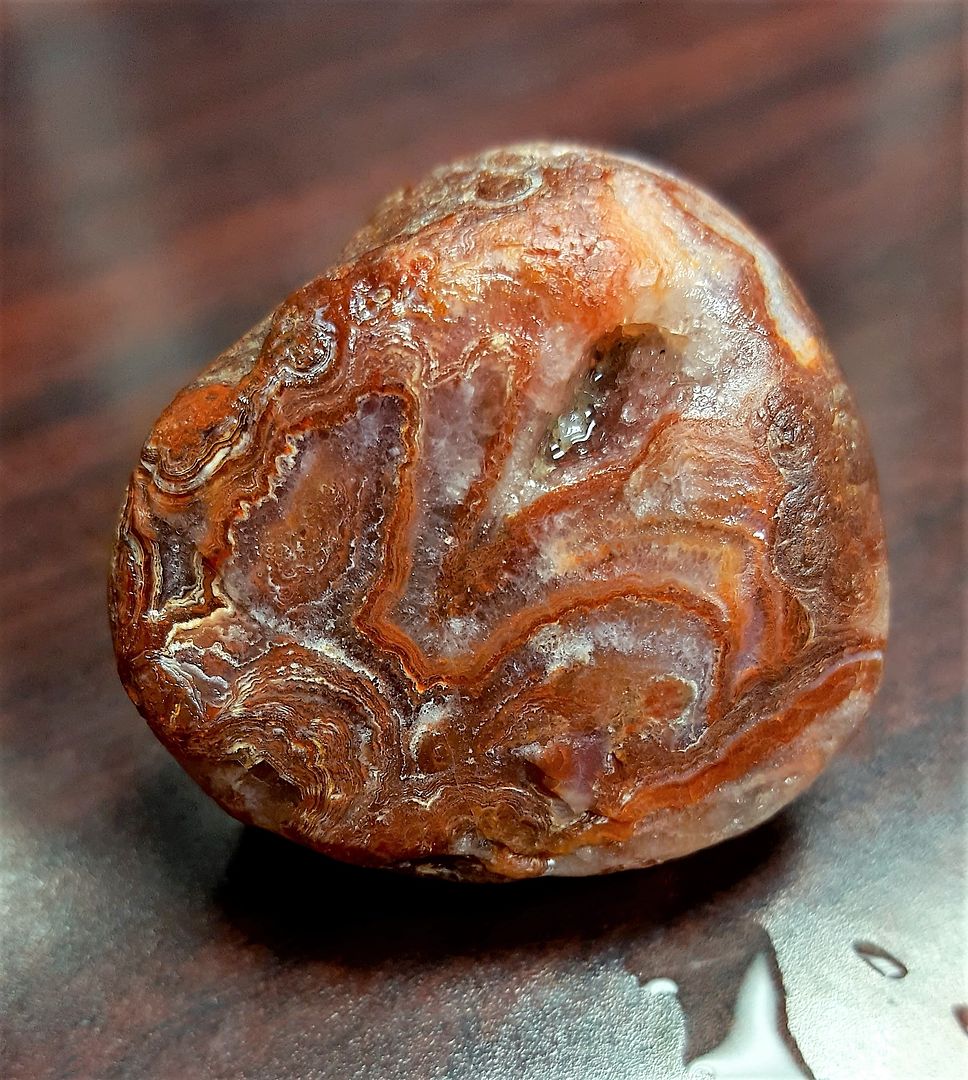 3. Smile! 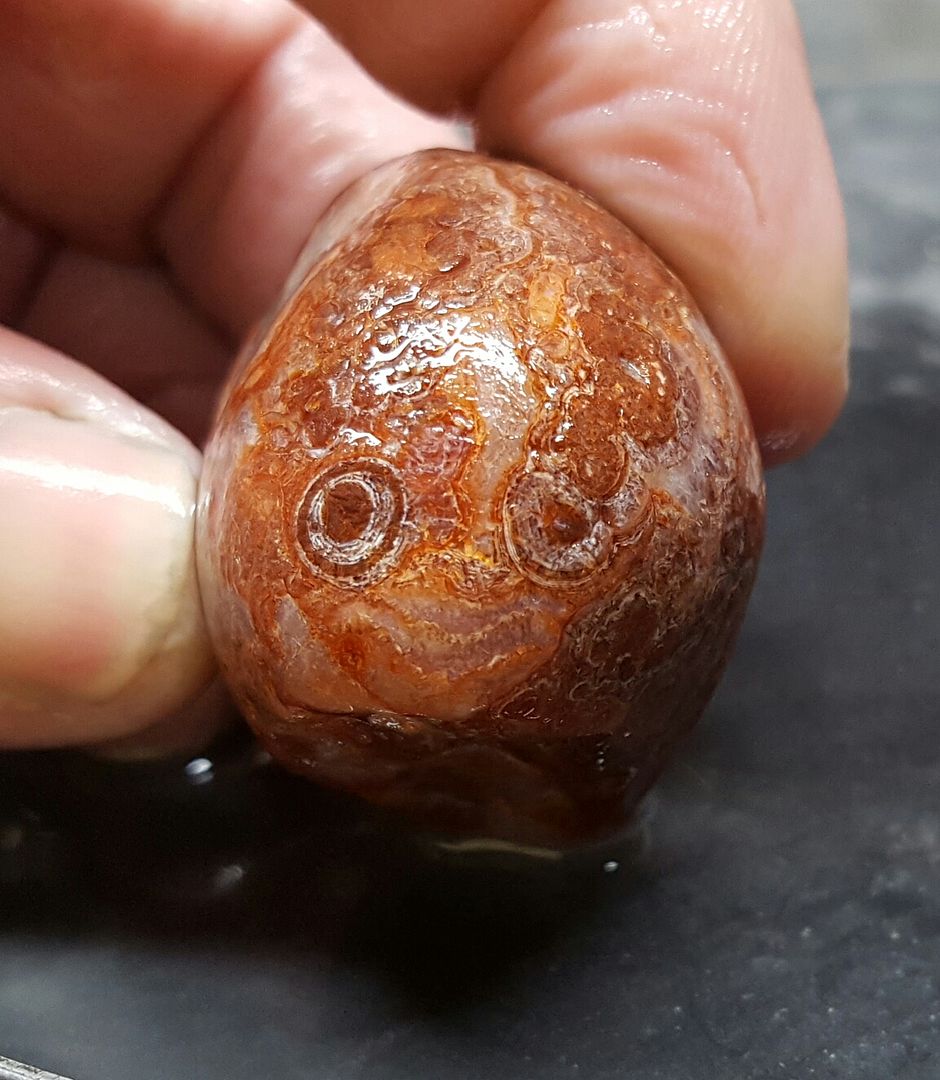 4. 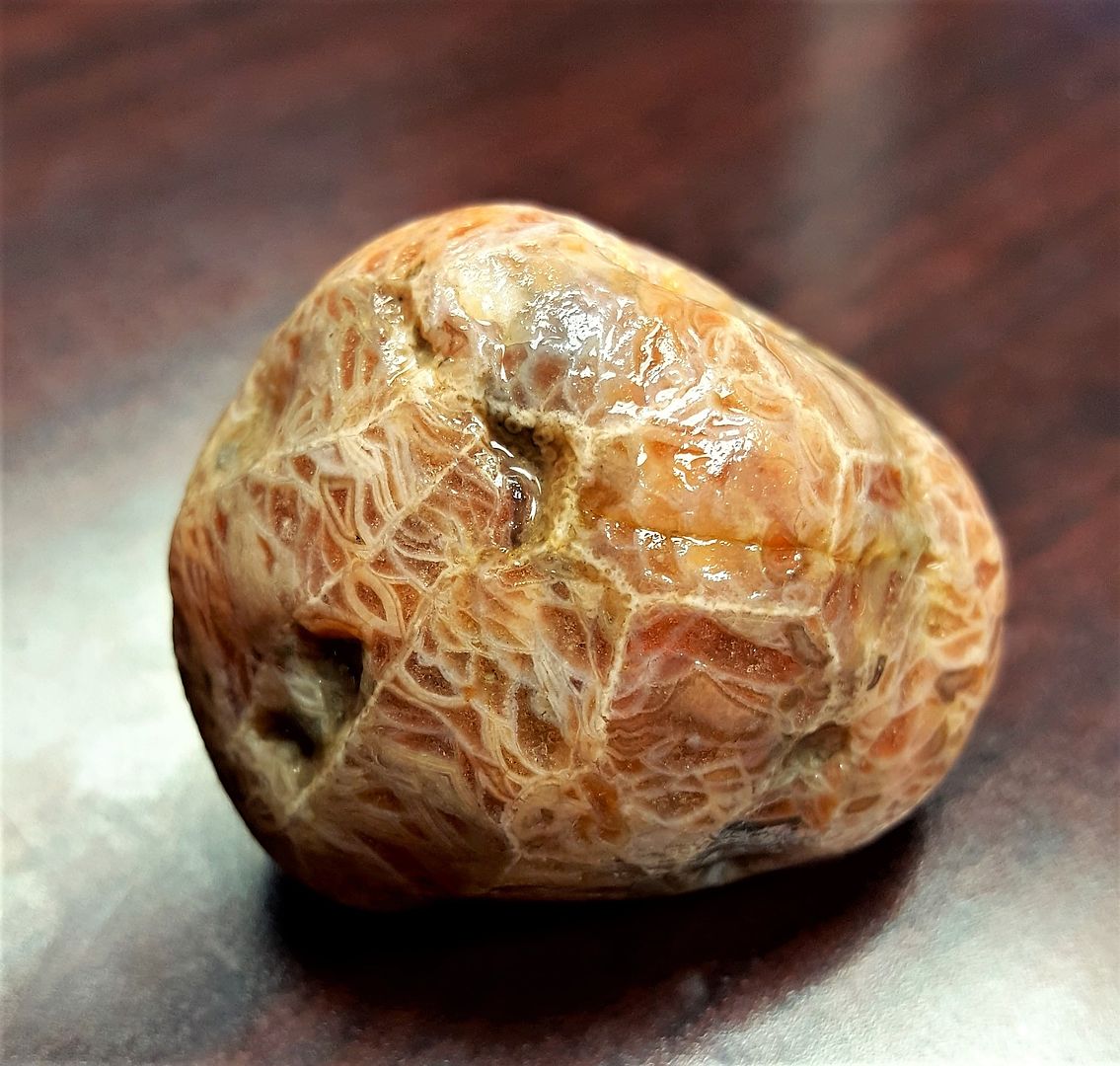 5. 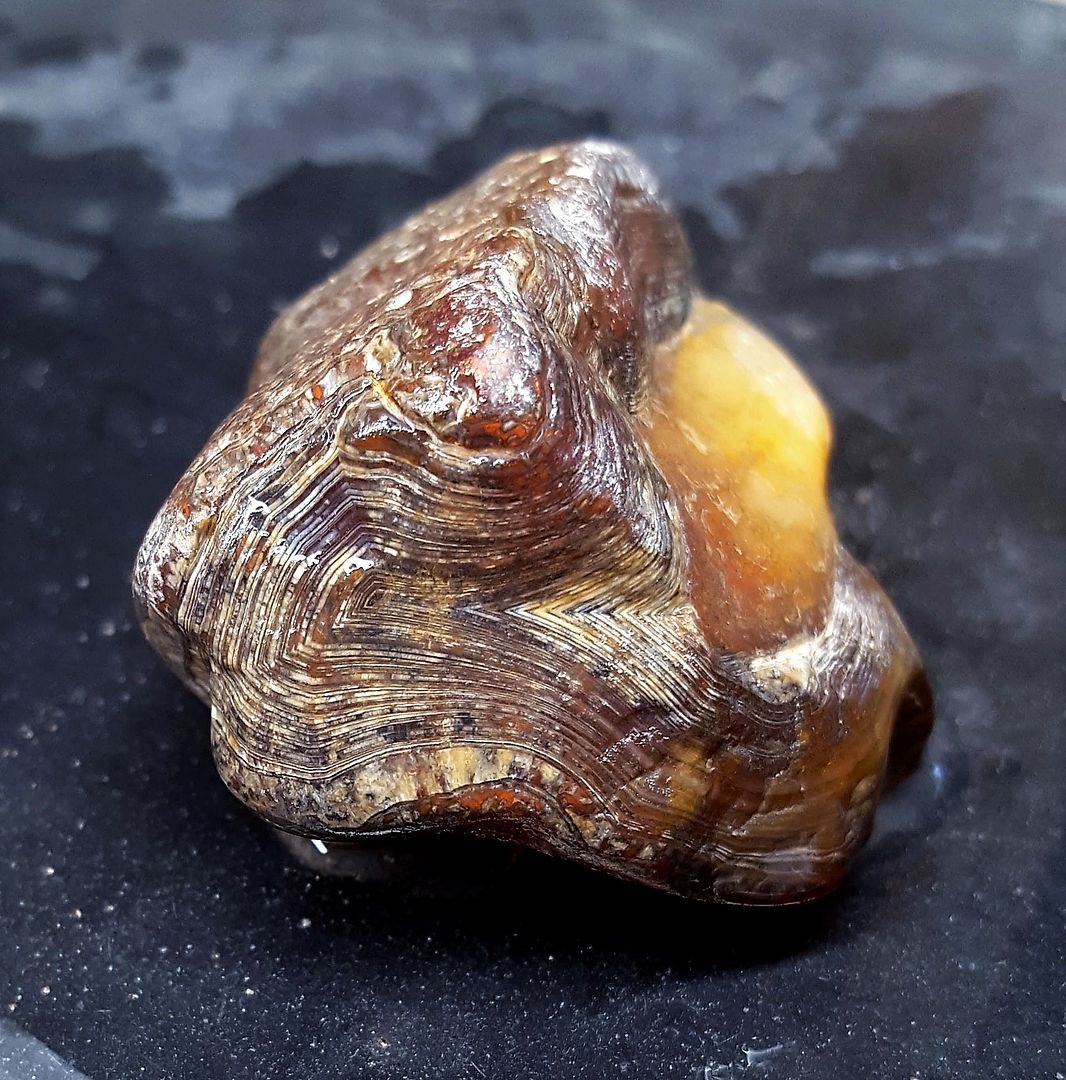 6. 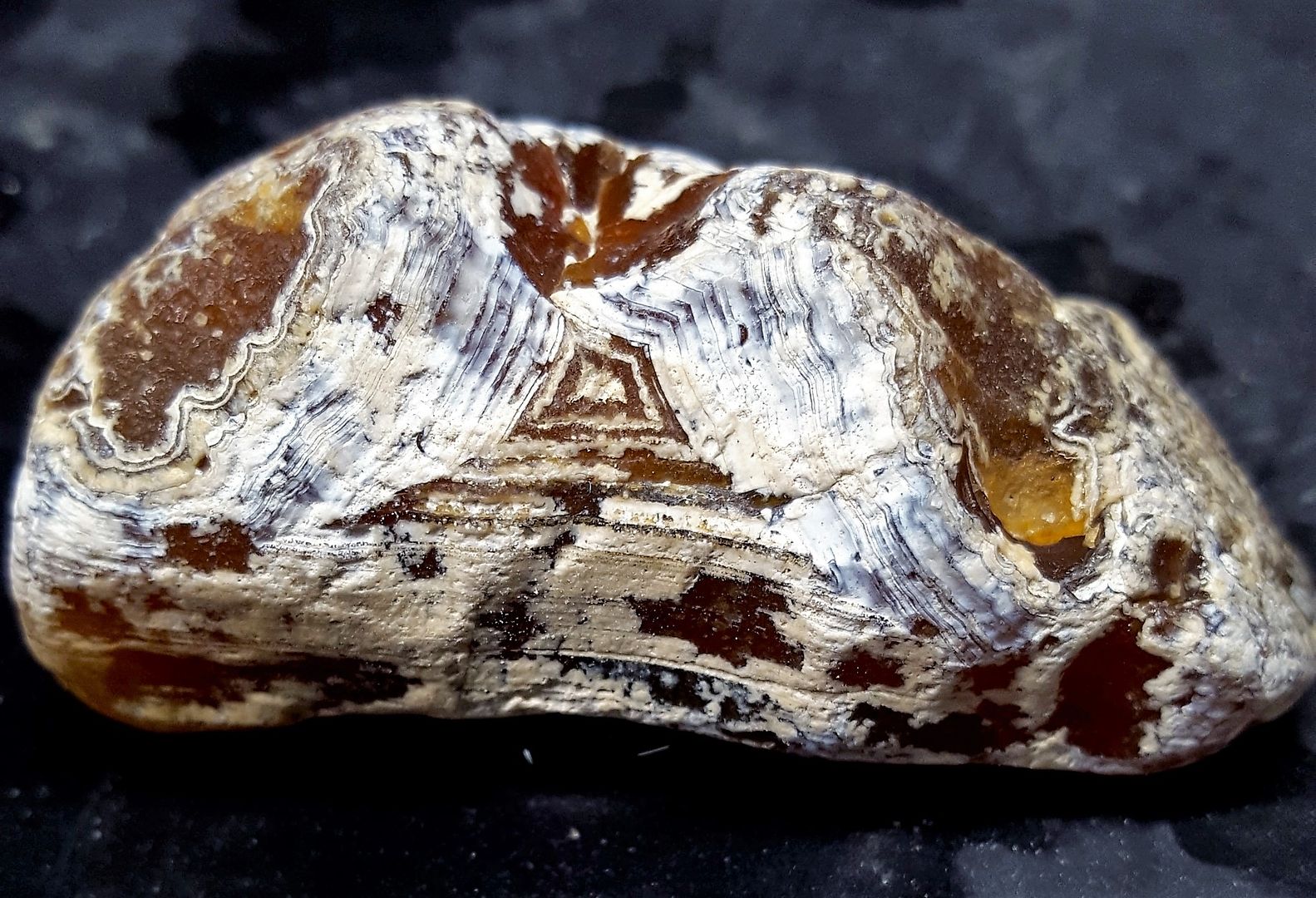 7. 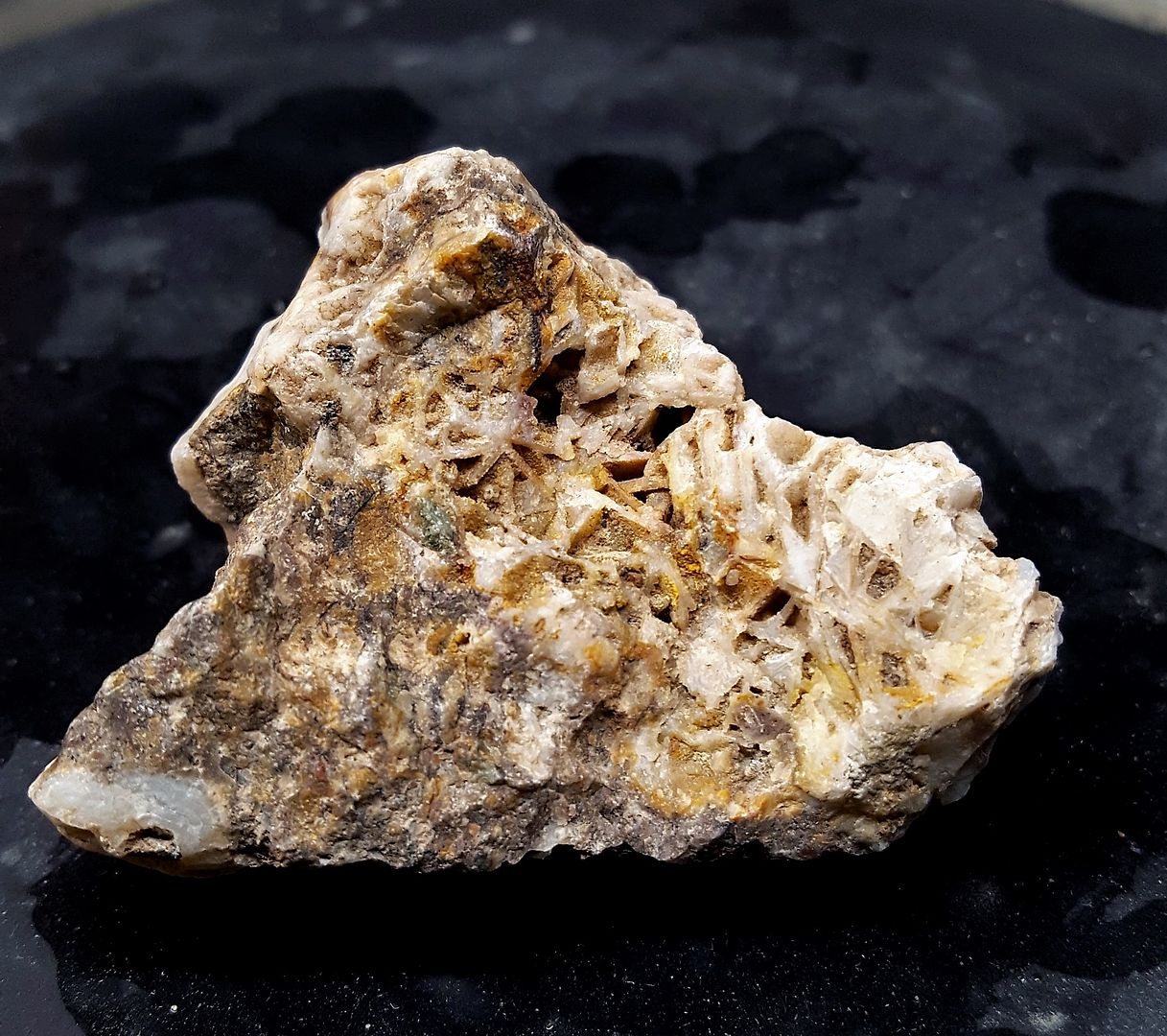 8.  9. 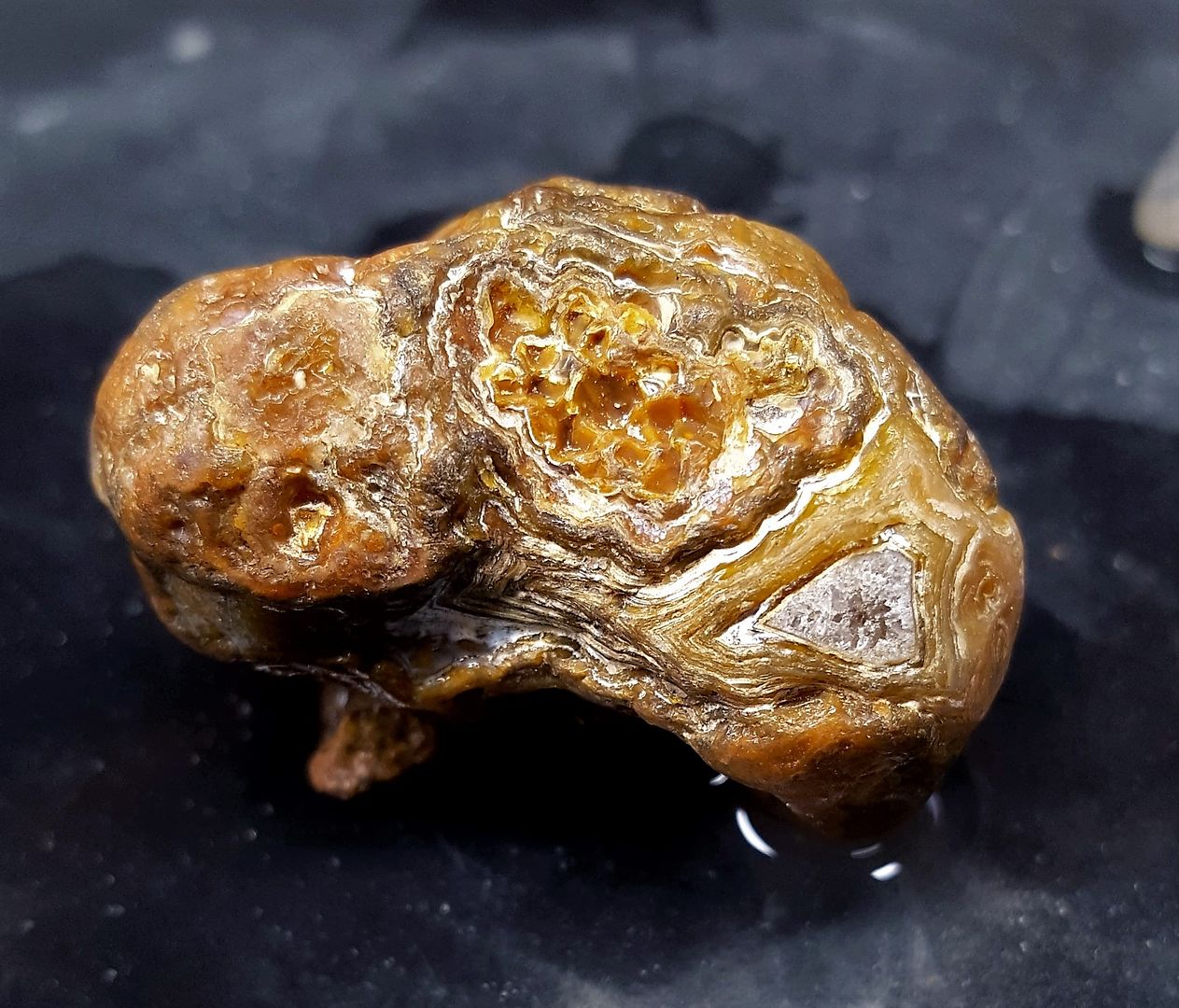 10. 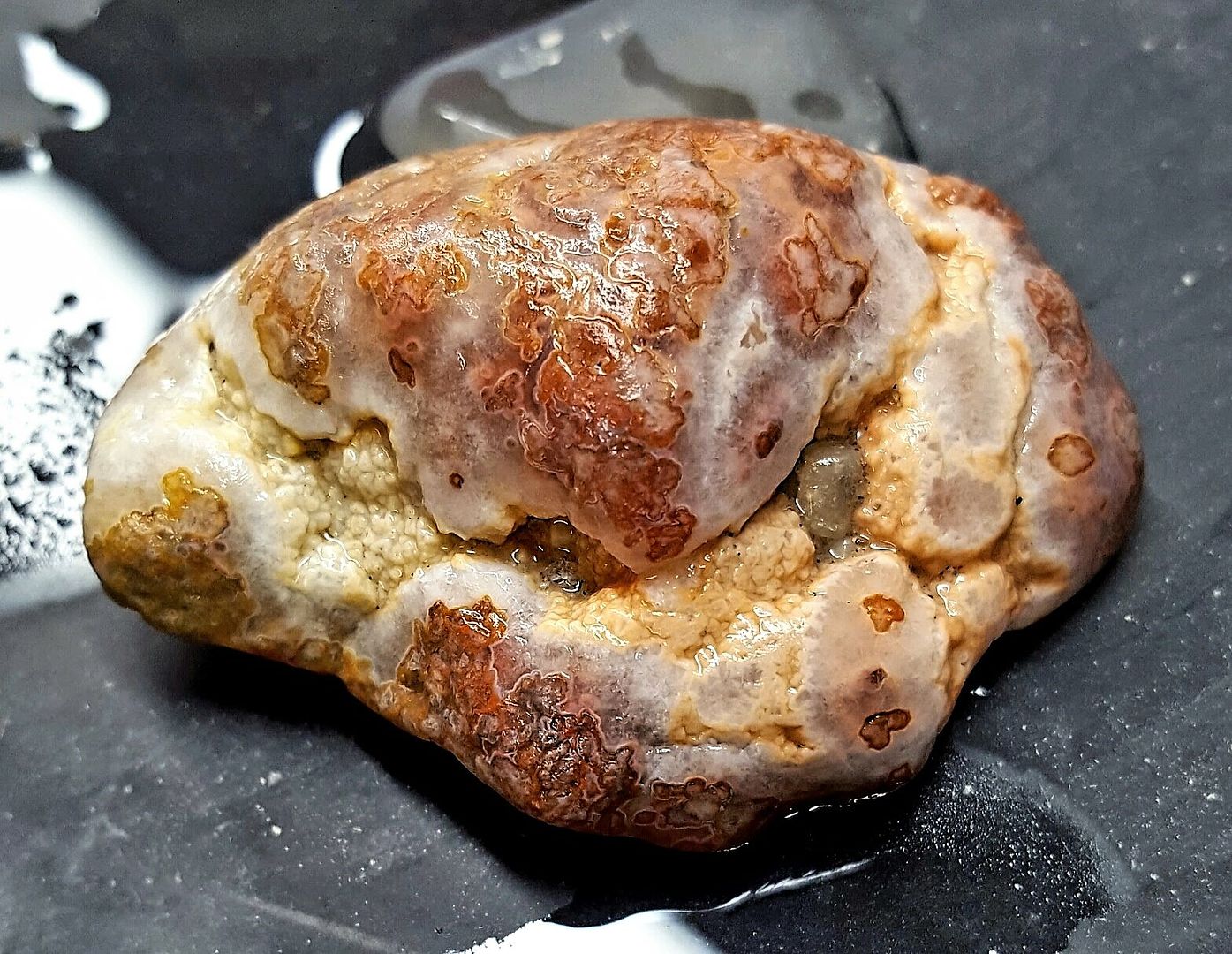 11.  12. 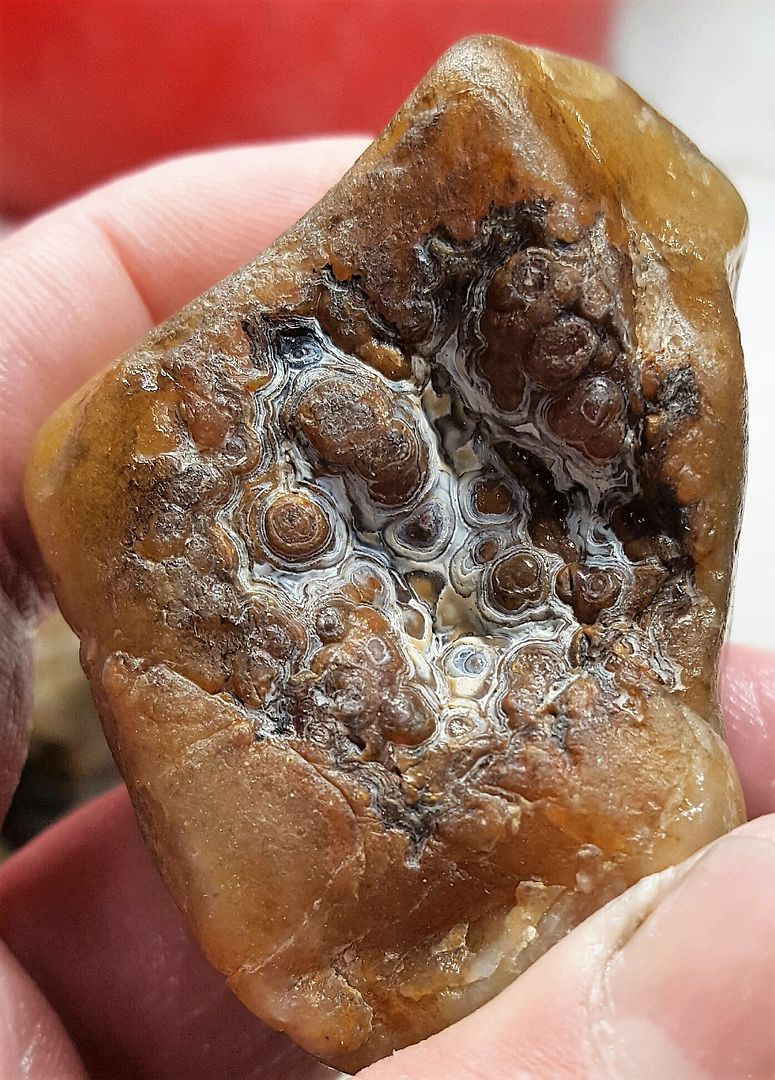 13. 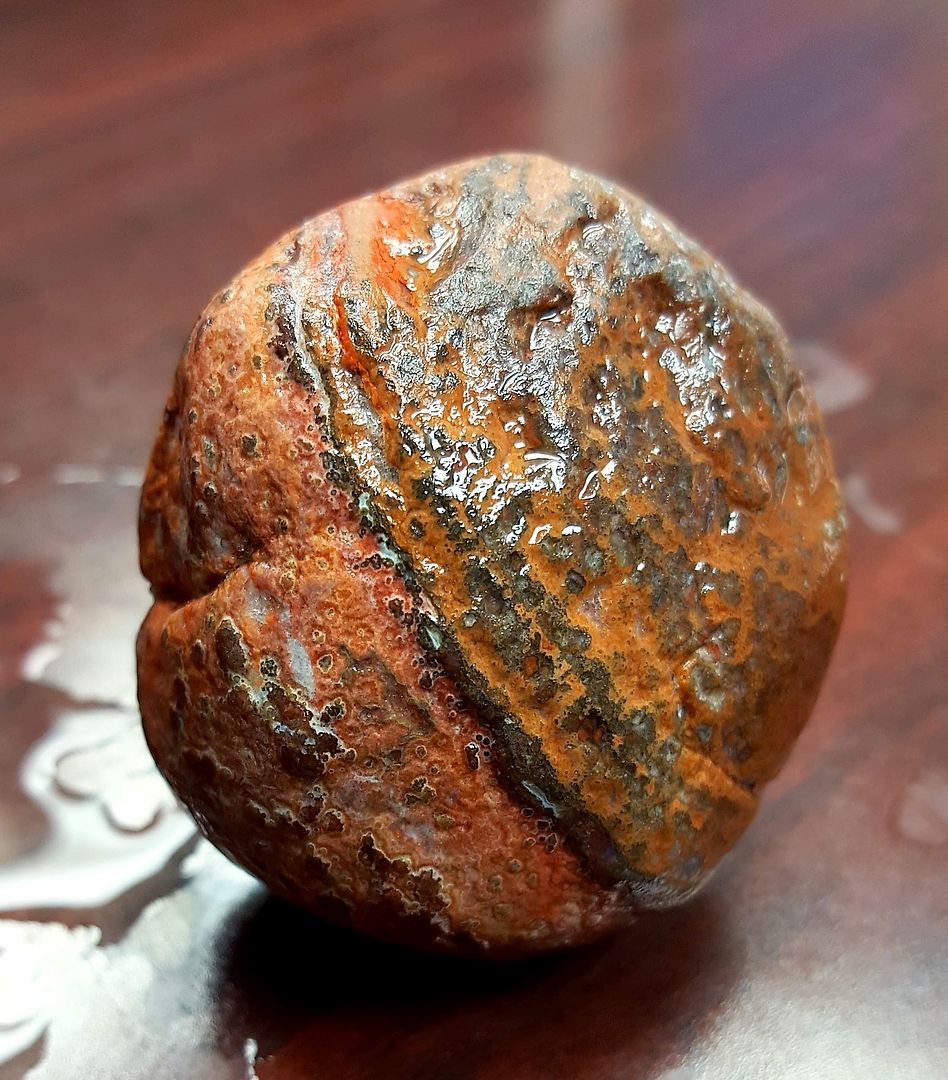 14. 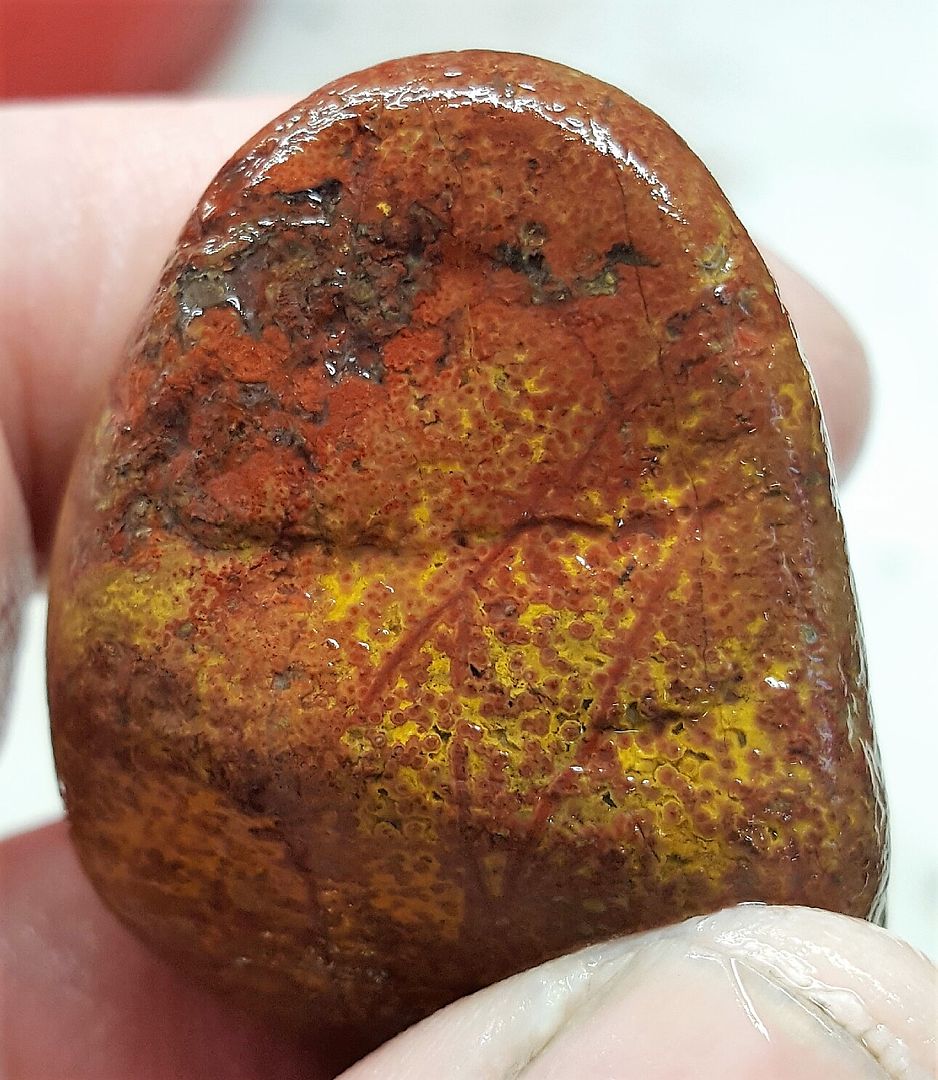 15. 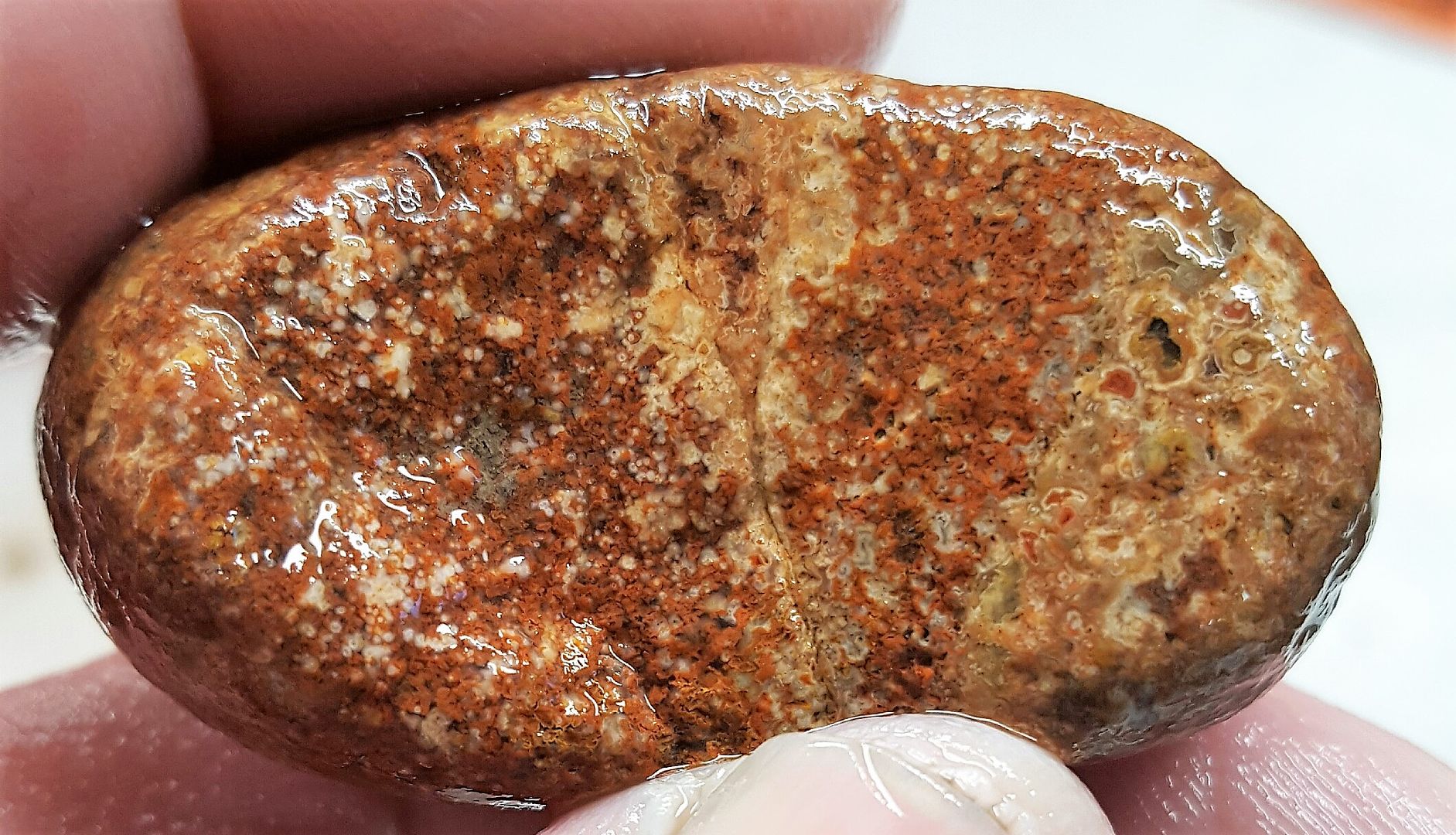 16. 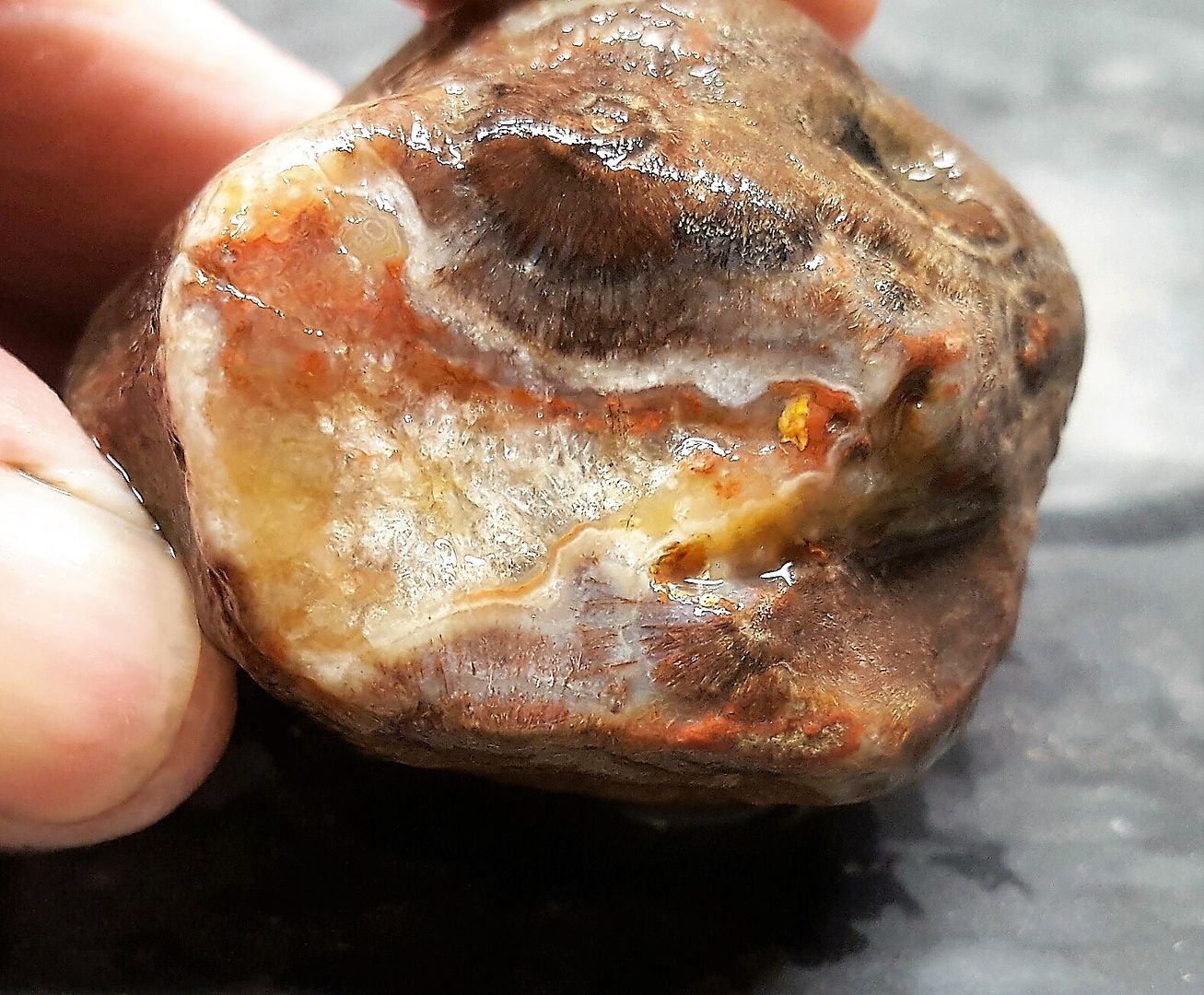 17.  18.  19. 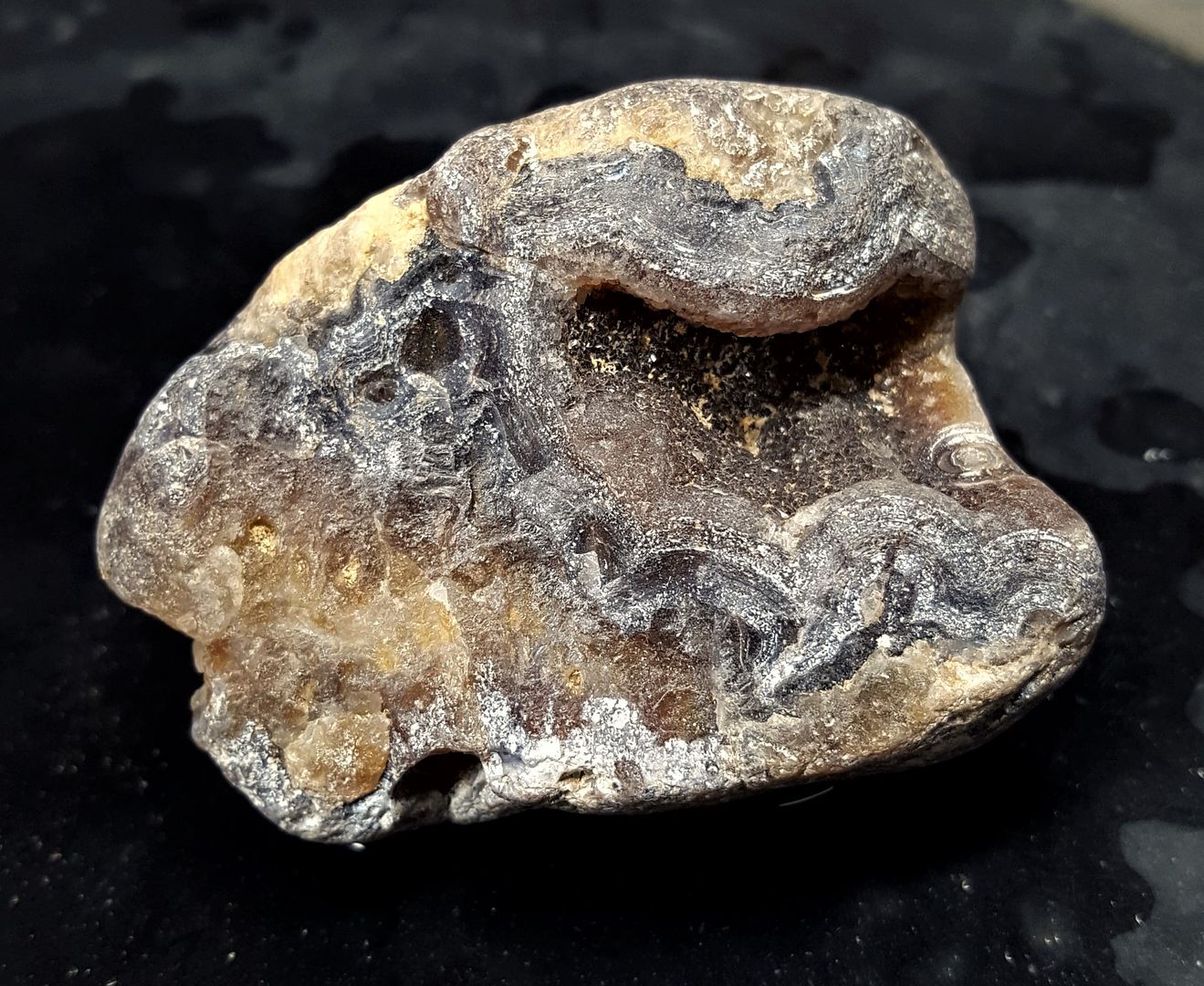 20. 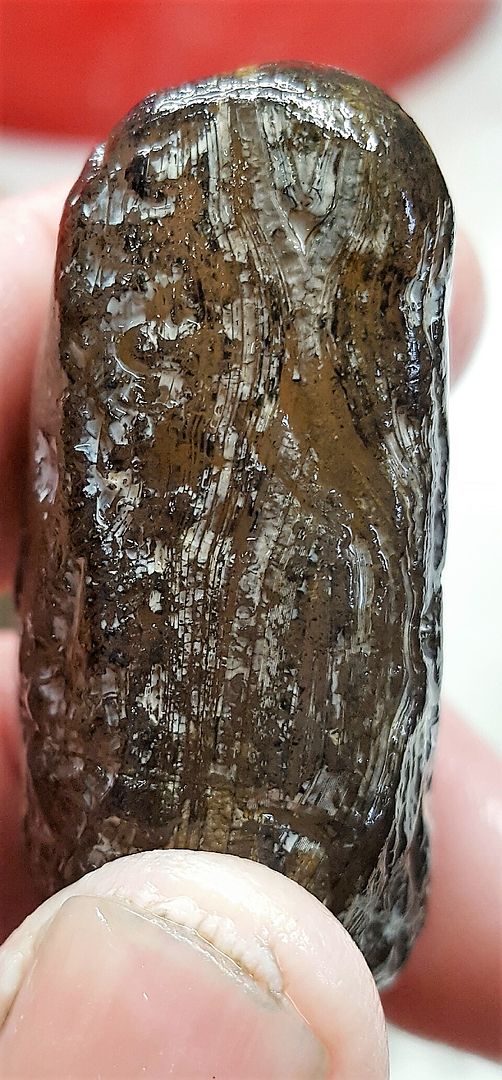 21.  22. 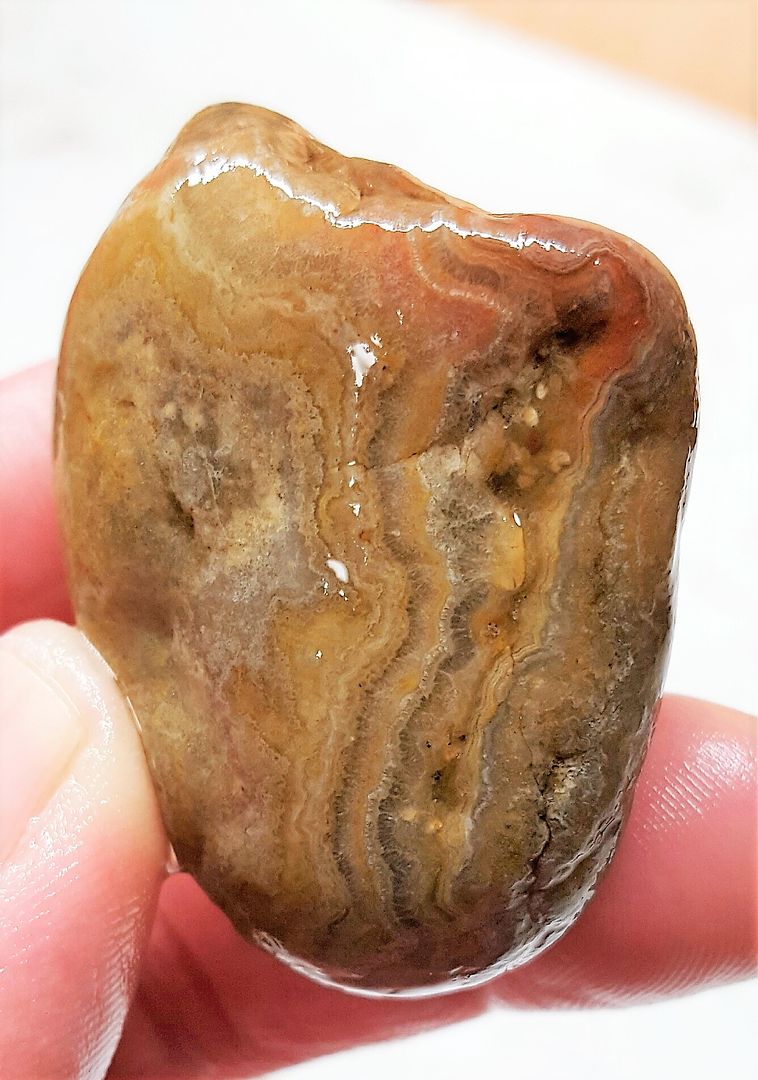 23. 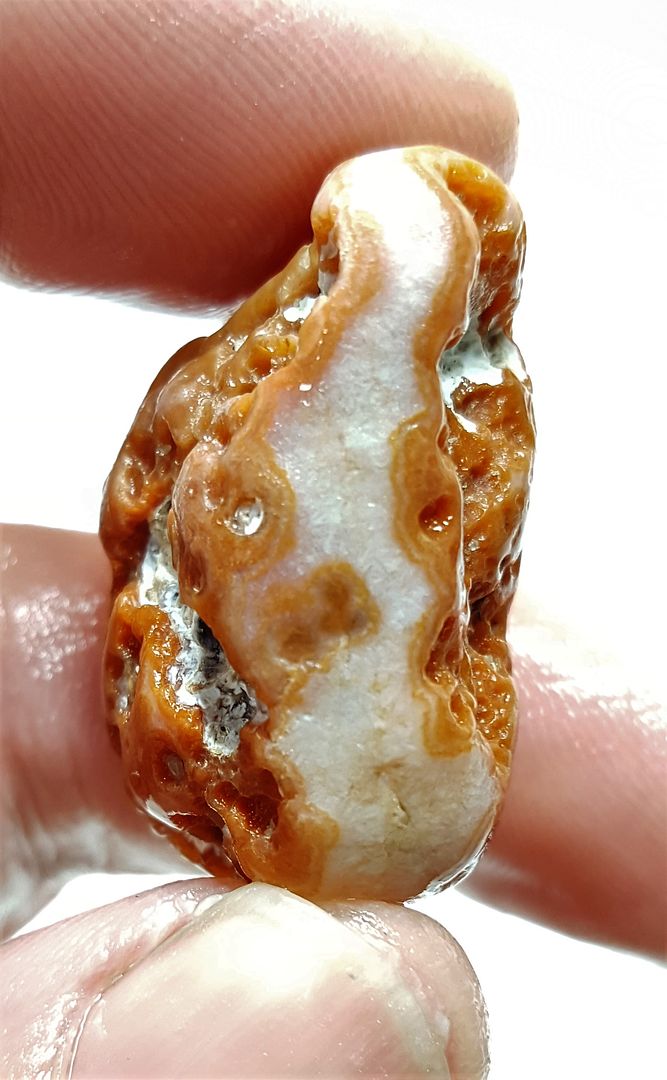 24. 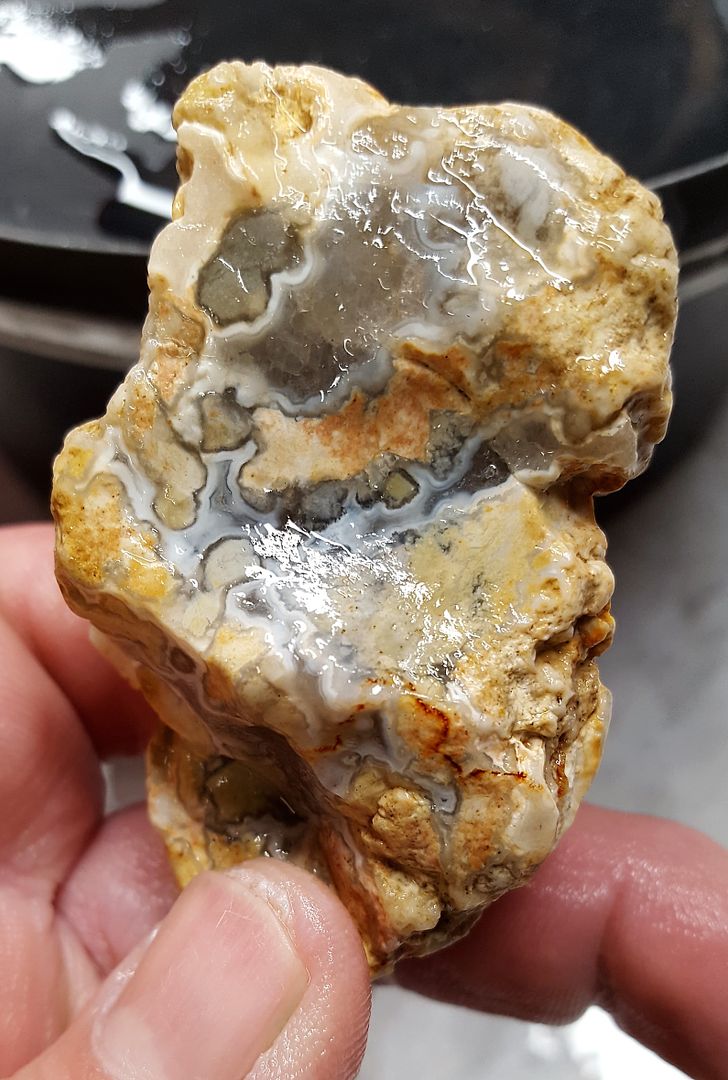 25. 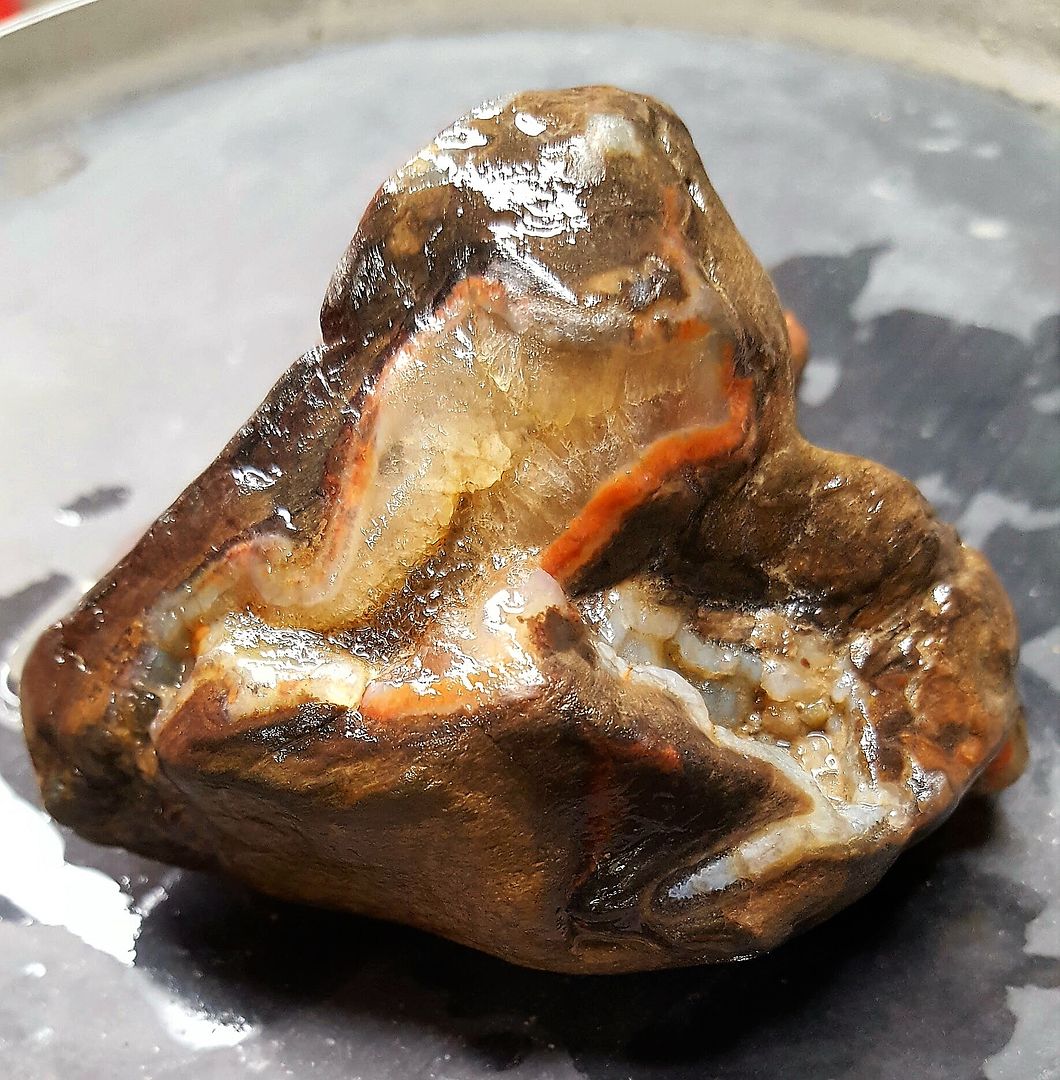 Thanks for looking........ Jeremy |
|
jamesp
Cave Dweller 
Member since October 2012
Posts: 36,612
|
Post by jamesp on Mar 11, 2017 17:44:57 GMT -5
Hard to read the skin on that Texas stuff Jeremy. Easy to tell those are fine, but ya never know till you get inside of them eh ?
Nice how many are pre-tumbled.
Have you ever found out where the Jacinto agates rolled in from ? Big Bend ? NW Texas ? They don't seem to be Marfa's or Woodward's.
|
|
|
|
Post by MrP on Mar 11, 2017 18:28:10 GMT -5
That is sure a nice selection..............................MrP
|
|
|
|
Post by Jugglerguy on Mar 11, 2017 18:59:19 GMT -5
Wow, there are some really nice agates there. I love number 5. Number 4 looks like a spider web.
|
|
Sabre52
Cave Dweller  Me and my gal, Rosie
Me and my gal, Rosie
Member since August 2005
Posts: 20,497
|
Post by Sabre52 on Mar 11, 2017 19:02:54 GMT -5
Awesome batch! So many cool fortifications. The agates do resemble some of the river agates found on Louisiana drainages or some of the Crowley Ridge type agates from Arkansas. Makes me think in ancient times the Sam Jacinto drained a lot of the area to the north and northeast.....Mel
|
|
|
|
Post by rockjunquie on Mar 11, 2017 22:07:00 GMT -5
Incredible! Each one has it's own unique character. Very nice.  |
|
jamesp
Cave Dweller 
Member since October 2012
Posts: 36,612
|
Post by jamesp on Mar 12, 2017 6:09:54 GMT -5
Awesome batch! So many cool fortifications. The agates do resemble some of the river agates found on Louisiana drainages or some of the Crowley Ridge type agates from Arkansas. Makes me think in ancient times the Sam Jacinto drained a lot of the area to the north and northeast.....Mel The source of Jeremy's Jacintos has always been an enigma to me. Closer to Atlanta than the Rio. Would rather wrestle Jeremy than the drug smugglers on the Rio(sorry Jeremy). Check out the modern Texas drainage Mel. I must say, stomping around the SE US these agates seem western. I was always suspicious they came as tailings from the mighty Brazos drainage out of New Mexico. Note drainage 12(Brazos) and drainage 10(Jacinto). Note the Trinity, then the Neches, then the Sabine drainages to the east. Peculiar drainages south of 'fall line' 10, 11, 15, 16, 20 mess w/mind. 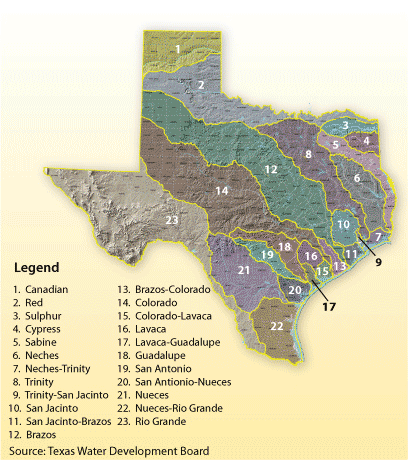   |
|
Sabre52
Cave Dweller  Me and my gal, Rosie
Me and my gal, Rosie
Member since August 2005
Posts: 20,497
|
Post by Sabre52 on Mar 12, 2017 6:55:00 GMT -5
I was kind of of that opinion to James but the problem is, the agates themselves do not seem to appear to have characteristics of New Mexico or NW Texas agate. They have some similarities to Toyah type nodules from west Texas and some Rio Puercos out of New Mexico but those lacy types are really similar to the agates of the Mississippi, Crowley Ridge, Louisiana and even Missouri Lace out of Washington Co. Missouri. Of course as indicated by all the south Texas pet wood, ancient pluvial period drainages were quite massive and may have born little resemblance to current ones.....Mel
|
|
jamesp
Cave Dweller 
Member since October 2012
Posts: 36,612
|
Post by jamesp on Mar 12, 2017 8:01:49 GMT -5
I was kind of of that opinion to James but the problem is, the agates themselves do not seem to appear to have characteristics of New Mexico or NW Texas agate. They have some similarities to Toyah type nodules from west Texas and some Rio Puercos out of New Mexico but those lacy types are really similar to the agates of the Mississippi, Crowley Ridge, Louisiana and even Missouri Lace out of Washington Co. Missouri. Of course as indicated by all the south Texas pet wood, ancient pluvial period drainages were quite massive and may have born little resemblance to current ones.....Mel Thanks Mel. Certainly not aware of Texas geology. Just puzzled by those Jacintos. The west to east drainage over Texas makes me suspicious they washed in from the west. I have no knowledge of W Texas or N Mexico material as you would. So many look like amygdule formations in basalt/lava similar to western materials. I don't even know of such amygdule formations east of most of the Mississippi River. They certainly may exist. If I had wings I would visit every agate, jasper and wood source to the Rio ha. I have a Mexican friend that is from Chihuahua MX. His family has lands there. He is aware of 'agatas' collecting in that area. It may be a safe trip to go home w/him sometime on his 1-2 month visits. |
|
|
|
Post by txrockhunter on Mar 12, 2017 17:20:26 GMT -5
I was kind of of that opinion to James but the problem is, the agates themselves do not seem to appear to have characteristics of New Mexico or NW Texas agate. They have some similarities to Toyah type nodules from west Texas and some Rio Puercos out of New Mexico but those lacy types are really similar to the agates of the Mississippi, Crowley Ridge, Louisiana and even Missouri Lace out of Washington Co. Missouri. Of course as indicated by all the south Texas pet wood, ancient pluvial period drainages were quite massive and may have born little resemblance to current ones.....Mel Thank you, Mel! That'sounds xcellent information! Never thought to look east for agate clues. After a little investigaction and digging through old photos, I think I have a few more examples of Crowley Ridge, like material. 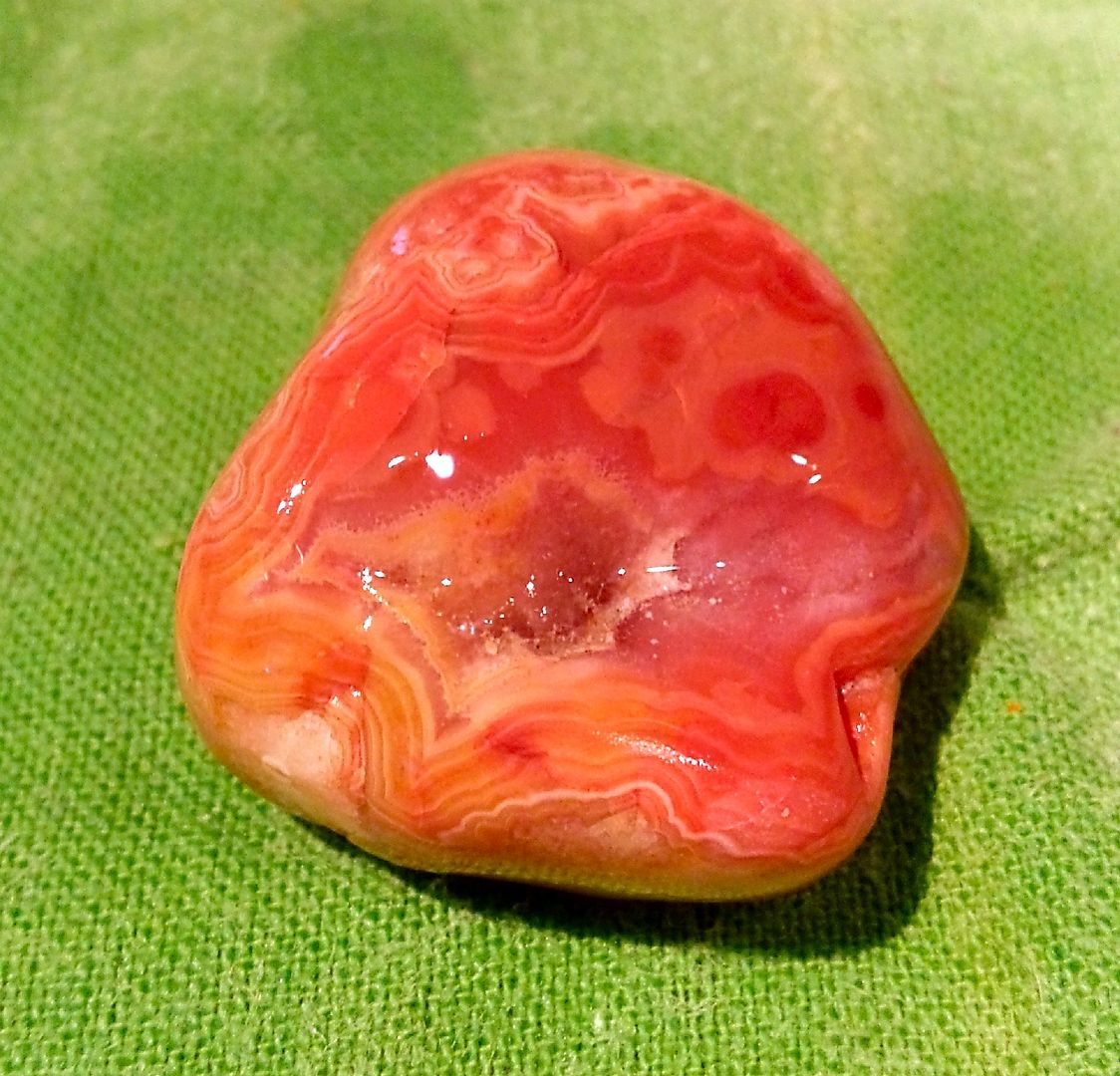  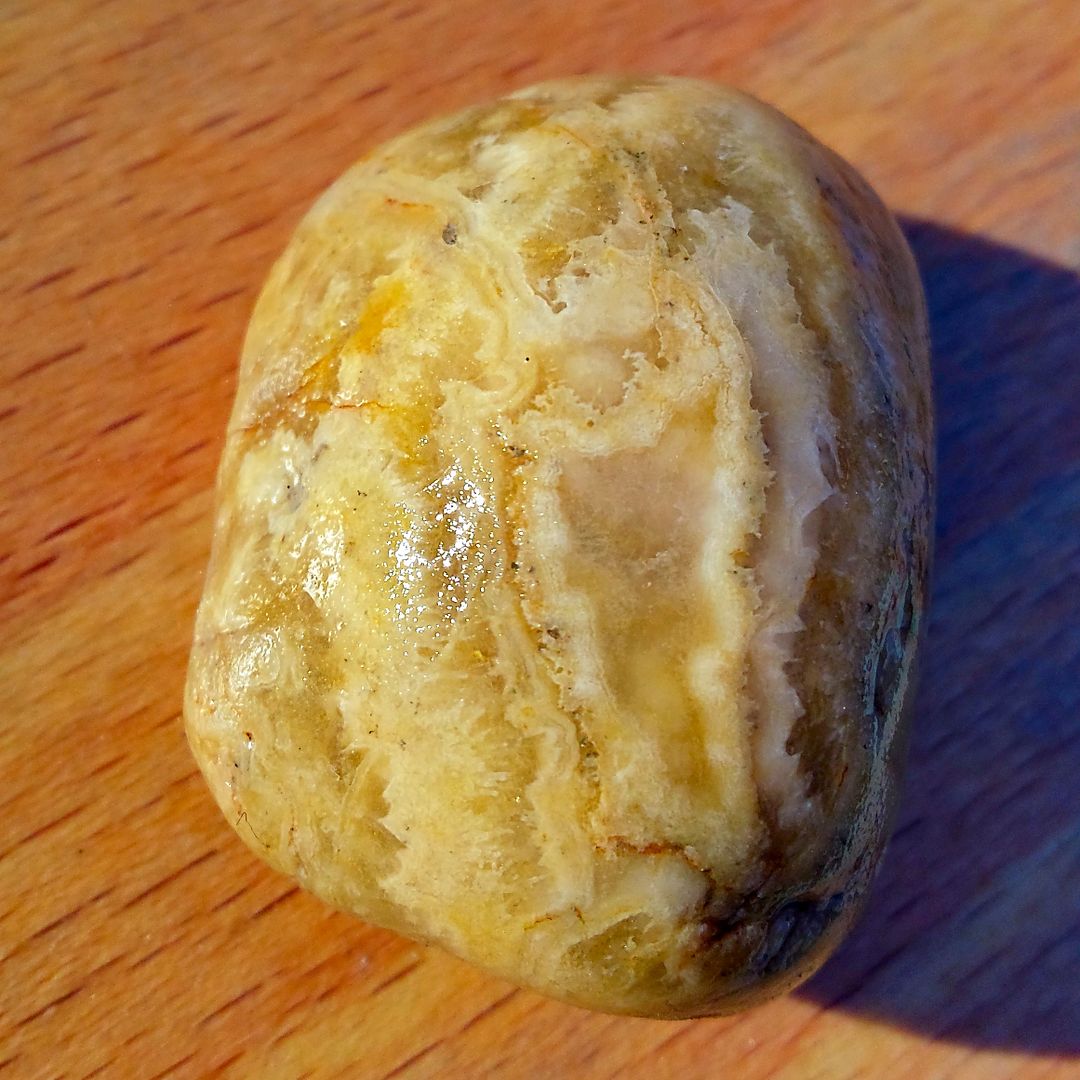 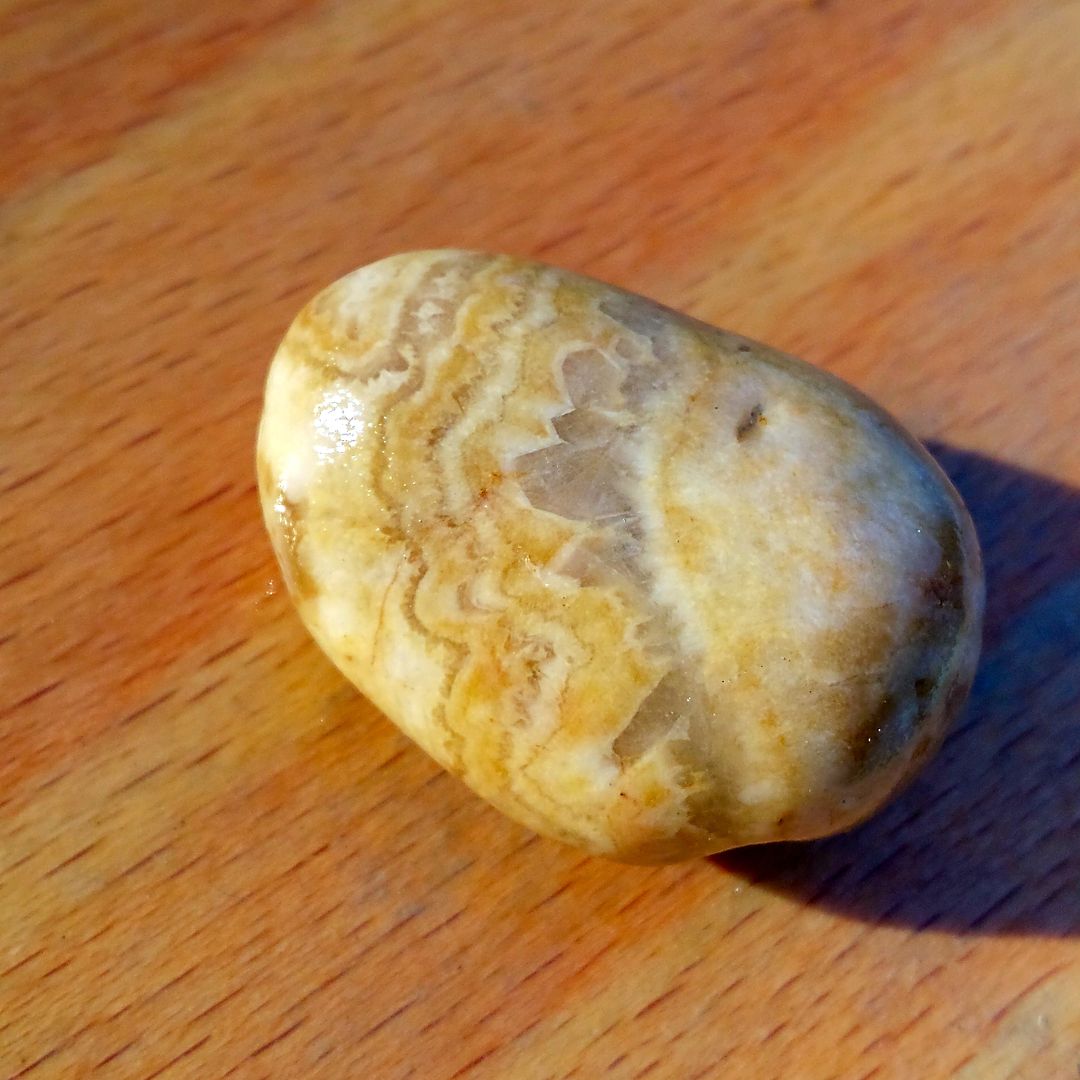 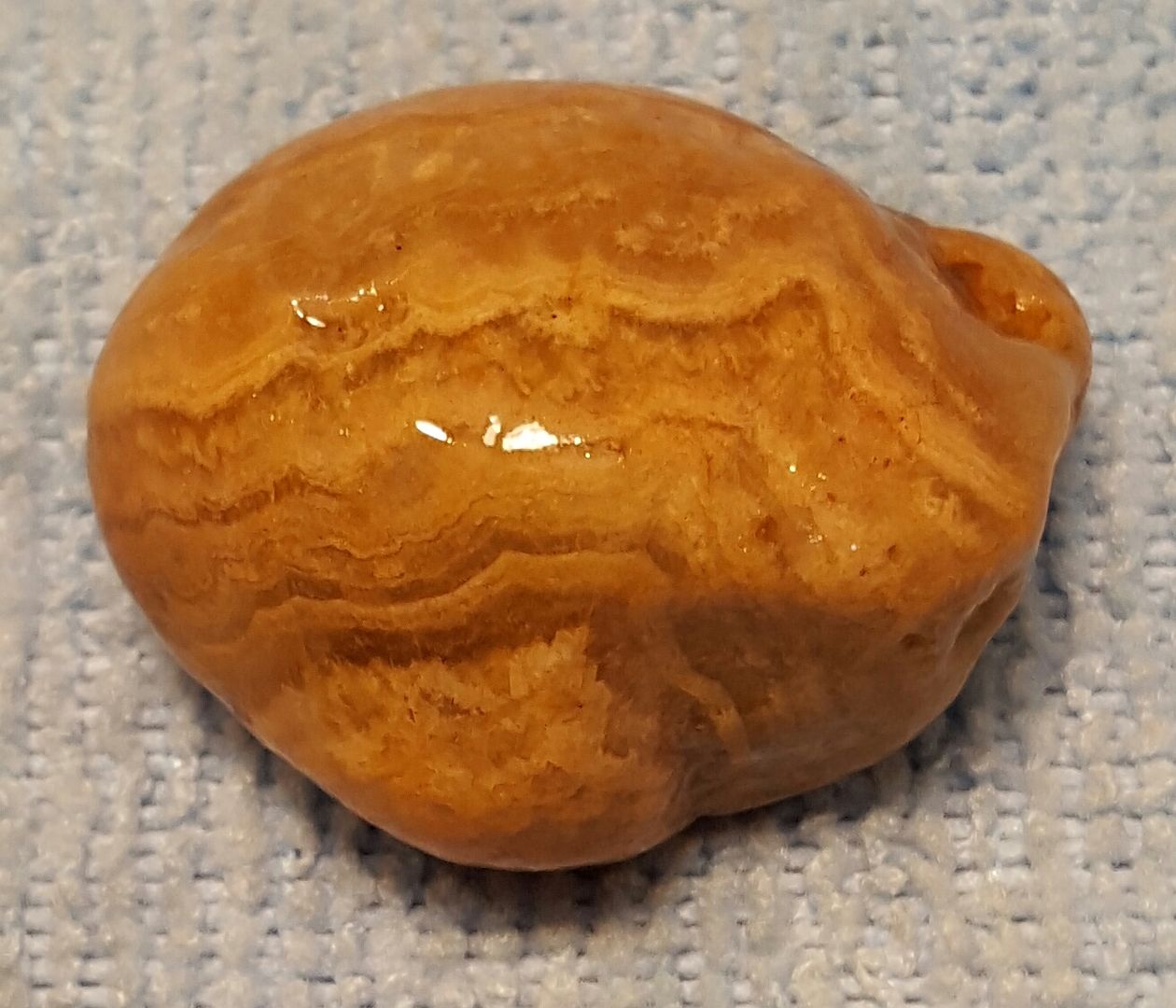 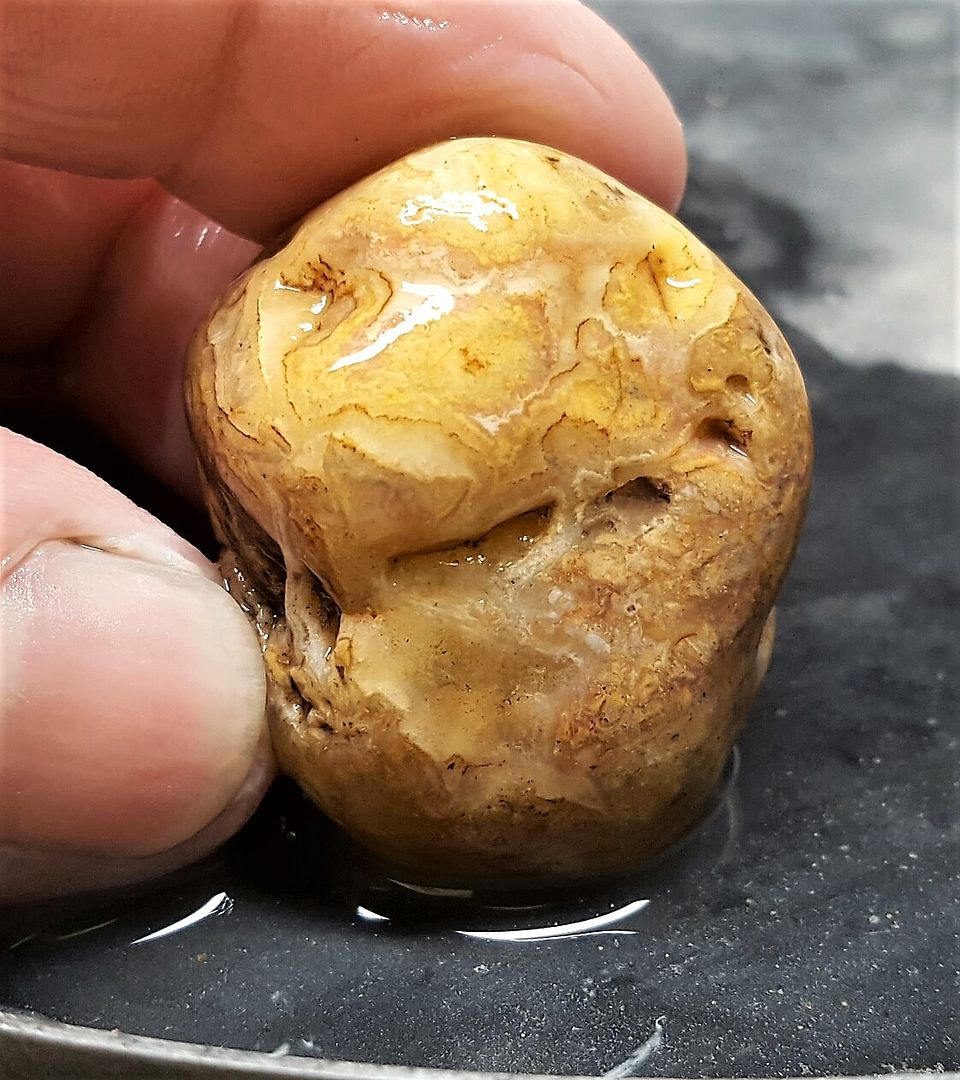 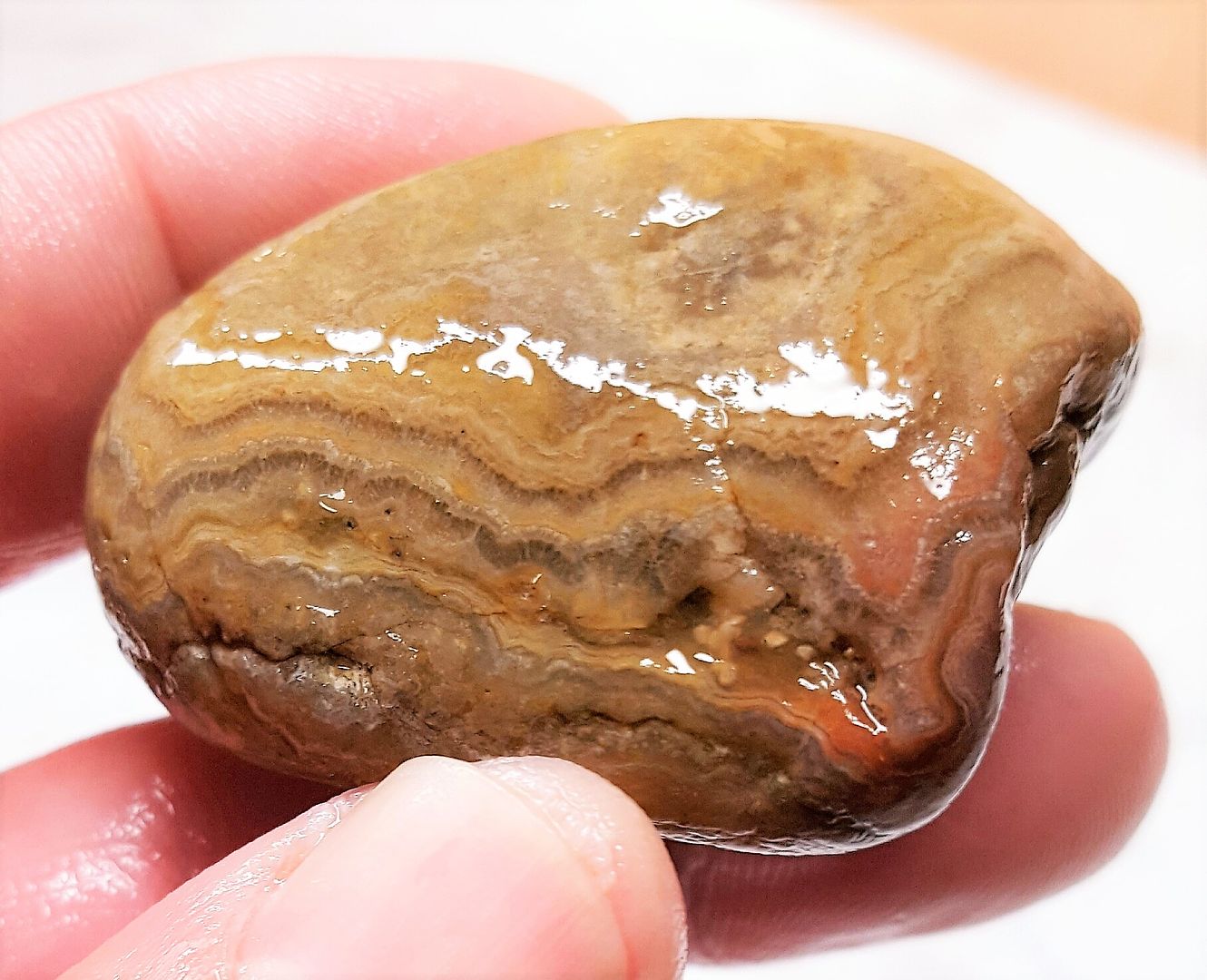 Still curious about how far West some of this material traveled! Now I'm imagining a huge funnel! |
|
|
|
Post by txrockhunter on Mar 12, 2017 17:36:13 GMT -5
Awesome batch! So many cool fortifications. The agates do resemble some of the river agates found on Louisiana drainages or some of the Crowley Ridge type agates from Arkansas. Makes me think in ancient times the Sam Jacinto drained a lot of the area to the north and northeast.....Mel The source of Jeremy's Jacintos has always been an enigma to me. Closer to Atlanta than the Rio. Would rather wrestle Jeremy than the drug smugglers on the Rio(sorry Jeremy). Check out the modern Texas drainage Mel. I must say, stomping around the SE US these agates seem western. I was always suspicious they came as tailings from the mighty Brazos drainage out of New Mexico. Note drainage 12(Brazos) and drainage 10(Jacinto). Note the Trinity, then the Neches, then the Sabine drainages to the east. Peculiar drainages south of 'fall line' 10, 11, 15, 16, 20 mess w/mind.  Fantastic find, James! That drainage map may help explain the origin of much of this material! Very curious how wide of an area this material spans! If I posted some different material, do you think we could get enough information to unscientificaly place a possible origin? If so, might be able to plot a basic map. Just a thought...... |
|
|
|
Post by HankRocks on Mar 12, 2017 22:14:36 GMT -5
It seems I have read something about ancient mountains somewhere in the direction of Arkansas weathered down into the low basin ocean that covered all of the center portion of Texas, Oklahoma filling a lot of it in. The resulting land mass of Texas then had the petrified wood belt laid down after that which runs from the valley to Lousiana. The rivers cut across the Wood belt and deeper in some places exposing the ancient alluvial deposits which must have included some of the agates that Jeremy is finding in the San Jacinto.
I will consult my Geology expert in the next couple of days and he can set my tale straight.
H
|
|
jamesp
Cave Dweller 
Member since October 2012
Posts: 36,612
|
Post by jamesp on Mar 13, 2017 9:34:43 GMT -5
It seems I have read something about ancient mountains somewhere in the direction of Arkansas weathered down into the low basin ocean that covered all of the center portion of Texas, Oklahoma filling a lot of it in. The resulting land mass of Texas then had the petrified wood belt laid down after that which runs from the valley to Lousiana. The rivers cut across the Wood belt and deeper in some places exposing the ancient alluvial deposits which must have included some of the agates that Jeremy is finding in the San Jacinto. I will consult my Geology expert in the next couple of days and he can set my tale straight. H The scenario may be complicated as Henry has laid out here. Life not always simple. Would be great to know origination(s). Mel knows a lot about those agates; bet he can finger it best. |
|
Fossilman
Cave Dweller 
Member since January 2009
Posts: 20,723 
|
Post by Fossilman on Mar 13, 2017 13:15:25 GMT -5
Nice selection you picked there Jeremy...............At least you have something to do,while in that hotel room.................
|
|
Sabre52
Cave Dweller  Me and my gal, Rosie
Me and my gal, Rosie
Member since August 2005
Posts: 20,497
|
Post by Sabre52 on Mar 13, 2017 13:17:18 GMT -5
If you Google images of Crowley Ridge Agate, you'll see the similarities I'm talking about. Makes me wonder if, in ancient times, there was a confluence of the ancient Trinity, Neches, Sabine drainages etc with the San Jacinto drainage to carry gravel from Arkansas into east Texas. I have read that in the pluvial periods there was huge confluence of the Nueces and Frio River drainages that formed a larger megariver. Can't seem to find much info on "ancient drainage patterns, just mostly modern stuff, but that would be interesting to see. Think of all the various agate types we see in the Rio Grande gravel ( Uvalde Gravel). In ancient times the Rio must have drained most all of the west Texas agate areas, a much larger drainage than the present one....Mel
|
|
|
|
Post by coloradocliff on Jul 3, 2017 22:26:04 GMT -5
I was kind of of that opinion to James but the problem is, the agates themselves do not seem to appear to have characteristics of New Mexico or NW Texas agate. They have some similarities to Toyah type nodules from west Texas and some Rio Puercos out of New Mexico but those lacy types are really similar to the agates of the Mississippi, Crowley Ridge, Louisiana and even Missouri Lace out of Washington Co. Missouri. Of course as indicated by all the south Texas pet wood, ancient pluvial period drainages were quite massive and may have born little resemblance to current ones.....Mel Thanks Mel. Certainly not aware of Texas geology. Just puzzled by those Jacintos. The west to east drainage over Texas makes me suspicious they washed in from the west. I have no knowledge of W Texas or N Mexico material as you would. So many look like amygdule formations in basalt/lava similar to western materials. I don't even know of such amygdule formations east of most of the Mississippi River. They certainly may exist. If I had wings I would visit every agate, jasper and wood source to the Rio ha. I have a Mexican friend that is from Chihuahua MX. His family has lands there. He is aware of 'agatas' collecting in that area. It may be a safe trip to go home w/him sometime on his 1-2 month visits. Lived in Mexico for many winters Jim. No place is safe nor is the routes to get there. Course you live in Atlanta. grin.. But the safer southern part. Very interesting thread again for this area. Did you carry when you were around Falcon Lake . Don't think you really stuck with the safe gringo areas because there aren't the rocks there.
|
|
|
|
Post by fernwood on Jul 4, 2017 6:18:03 GMT -5
Love #4
|
|
jamesp
Cave Dweller 
Member since October 2012
Posts: 36,612
|
Post by jamesp on Jul 4, 2017 6:20:12 GMT -5
I carried an 8 ounce hammer coloradocliff lol. Shorts and a t-shirt, hiking boots. 10 year old Honda Civic. Did not look like a threat whatsoever. There has been 2 gringo attacks in 5 years at Falcon Lake. Felt a lot safer than navigating around Atlanta. I was able to keep the car close most of the time in case a fast get away was needed. But really was not that concerned due to statistical count of crimes. Mexico would be another story, agreed. Americans still visit Mexico thru travel agencies. Resorts are still quite safe. Don't drive ! Fly in. Kingston Jamaica, Lima Peru, Nassau Bahama, San Jose Costa Rica, etc. Better watch your azz in those cities too. Driving the 10 mile gravel road back to Falcon Lake is a ghost town. Nat Gas employees and occasional small ranch owners is about all you see. A few of them live back there. During deer season there is plenty of hunters camping. But about all the recreational cabins are rotting away which is a puzzle. Fine little lakefront properties about 95% abandoned. What's with that ? Could be economics. But you would think there would be more weekend retreats on L Falcon. Beautiful lake with world class bass fishing. Lots of visiting fisherman. If the little lakefronts were still being occupied I would consider a owning one in a heartbeat. Just the rock hunting would be justification for a month or two out of the year. Lol, the gay community in Atlanta buys run down real estate in Atlanta and renovates neighborhoods in nasty urban areas. Buy a whole street out at a time. Create a safer microhabitat. Rent them. Mostly to new comers to Atlanta. Eventually for resale. Proximity to downtown jobs(bad traffic) has made in-town properties valuable. But family people do not want to plant themselves in such neighborhoods. So the gay dudes reap the profits. That's been going on here for generations. Have always found concept amusing. Guess the gang bangers are scared of them LMAO. Drifting subject here. The subject of origins of Texas agates is one of the most interesting geological studies. Jeremy's San Jacinto agates are some what a riddle. |
|
|
|
Post by coloradocliff on Jul 4, 2017 15:14:29 GMT -5
It seems I have read something about ancient mountains somewhere in the direction of Arkansas weathered down into the low basin ocean that covered all of the center portion of Texas, Oklahoma filling a lot of it in. The resulting land mass of Texas then had the petrified wood belt laid down after that which runs from the valley to Lousiana. The rivers cut across the Wood belt and deeper in some places exposing the ancient alluvial deposits which must have included some of the agates that Jeremy is finding in the San Jacinto. I will consult my Geology expert in the next couple of days and he can set my tale straight. H Hi Hank, @hankrocks Did you ever find out anything about the mountains in Arkansas theory?
Very curious area that you have there. We have our mysteries in Colorado geology but nothing like this one. This is awesome. Really got bitten hard by the Texas geology bug. Makes you wonder what has been dumped into the gulf of Mexico at the Mississippi delta. Maybe we can get jamesp to design a deep water dredge out of plastic drums and old back hoe with a conveyor. Maybe get some lakers. grin
|
|
|
|
Post by HankRocks on Jul 4, 2017 17:41:43 GMT -5
As with some things in life, easier to procrastinate than to actually get something done. I will send my friend an e-mail this evening to see if he has any reference material related to the geologic history of Texas. Might have to see if I drop by one evening with a 6-pack to help the research.
Thinking about it further, there may actually be some of the same type of rocks in the Brazos river. The problem with that is that at least in our part of the state the river has cut high banks and not left many gravel bars. Also access is difficult with the high banks. The other issue is access to the river itself, too much private land with land-owners who discourage the intrepid explorer.
side note, there have been some rain south of Marfa the last couple of days in the direction of the Singleton Ranch. Hopefully enough in the coming months to turnover some new material.
Henry
|
|